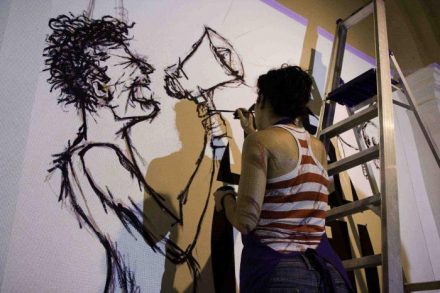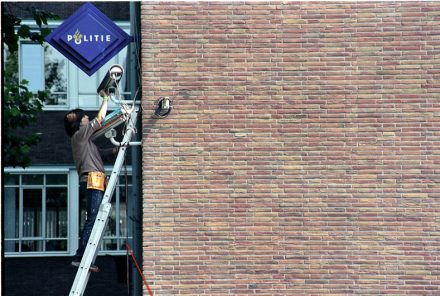With responses from Doris Sommer (Harvard, Cultural Agents) and Lawrence Susskind (MIT, DUSP)
Pedro Reyes’s practice sews together the usually uneven goals/ends of art, architecture, psychology, theater, activism, and more. It’s understood that an expanded notion of sculpture is expanding into the social. His solutions engage us in the same way a practical joke would. According to Pedro, jokes have a particular mechanism, like an airbag, that cushions the collision of our expectations of reality and reality itself. So then, the sudden clash of thesis and antithesis leads to laughter—the only way we can handle the shock. Most often, the humorous reality check delivered by a joke alleviates the tragedy of a situation or outcome that is far below our expectations.
Rather than making jokes that use humor to reconcile us with disappointment, his punch-lines source their shock value in the delivery of situations that far exceed our expectations of human nature. For that reason it would be not only inexact but almost trivial to dub Pedro as part of the ultimately dismissive category in this postmodern world: a “utopian.” He is not concerned with a model society because the idea of a model would go against the ad hoc spirit of agency. Certainly not all of his works are concerned with social issues, but those that are care about the production of change, departing with such an optimistic prognosis that they may seem naïve. The various ways in which he seeks to intervene in society raise perhaps the most crucial questions that Pedro’s work insists on asking of the fossilized rhetoric of art: What exactly is utopian about trying to tackle some of the most important issues of our time? Isn’t that what art is supposed to do anyhow? Or, should art only lament our problems without contributing any solutions?
Bio
Pedro Reyes (b. 1972, Mexico City) uses sculpture, architecture, video and participation to increase individual or collective agency in social, environmental or educational situations. Selected solo exhibitions include: Creative Time, New York (2016); Dallas Contemporary (2016); Hammer Museum, Los Angeles (2015); ICA, Miami (2014); The Power Plant, Toronto (2014); Whitechapel Gallery, London (2013); Walker Art Centre, Minneapolis (2011); and Guggenheim Museum, New York (2011). Group exhibitions include Beijing Biennale (2014); dOCUMENTA 13, Kassel (2013); Liverpool Biennial (2012); Gwangju Biennial (2012); Lyon Biennale, France (2009); and the 50th Venice Biennale, Italy (2003).






